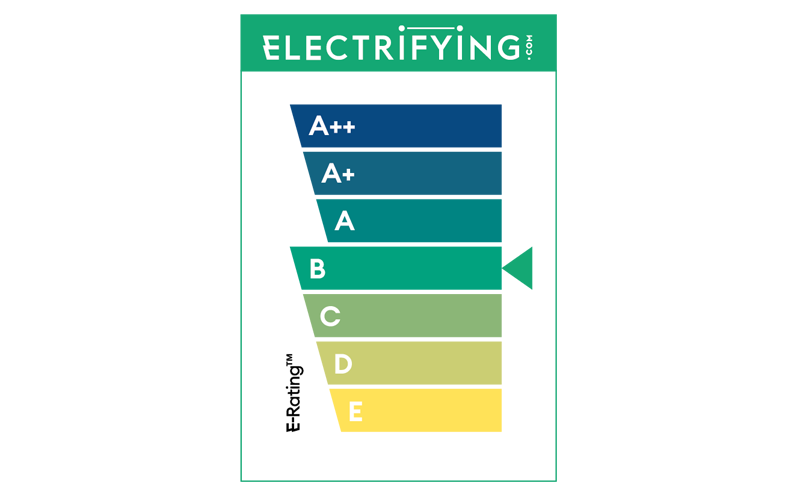Range
The VW ID. Buzz gets an official WLTP combined range of 258 miles on the cheaper Life model (which gets 19-inch wheels), or that drops to 251 miles if you go for the higher-spec ID. Buzz Style model with its 20-inch alloys.
In real world use, we’ve found that the Buzz will return as much as 3.0 miles per kWh in warm conditions and slower driving, which is good for 230 miles of range, but that drops to more like 210 miles as soon as you pick up speed. After all, despite VW’s efforts to streamline it, the Buzz is still, well… Yeah, it’s still got the shape and aerodynamic efficiency of a brick.
In colder weather, and particularly if you’re doing solid motorway miles, expect to see as little as 150 miles to a charge.
If you want longer range in a big, flexible family car then check out the Kia EV9. It’s more expensive, but it does go a lot further and is the most spacious and versatile electric family vehicle you’ll find short of van-based options like the (much shorter-range and less desirable) Citroen e-SpaceTourer. You could also consider the Tesla Model Y, which goes a lot further and costs a lot less, and while it’s not as big and roomy (never mind as cool) as the Buzz, it’s still a very spacious long-range family car for a usefully lower price.
There are no official range figures for the VW ID. Buzz seven-seater LWB, yet; it’s expected to arrive in late 2024 or early 2025, and we expect to see a WLTP range of around 285 miles from its 85kWh battery.
Battery
A 77kWh (usable capacity) lithium-ion NMC battery is your only option currently, but that bigger 85kWh battery will join the range when the long-wheelbase model arrives – and it’ll come with a heat pump for better cold weather efficiency, too.
An eight year, 100,000 mile warranty is standard on Volkswagen’s electric car batteries, and they’re protected against performance loss – so VW will replace or refurbish the battery if it drops below 70% of its as-new performance within that warranty period.
While predicting battery degradation is very tricky, as a rough average it’s reasonable to expect a modern li-ion battery like that in the Buzz, to lose around 10- to 15% of its battery performance over the first ten years. Cars that are rapid charged very frequently will lose battery life more quickly.
Charging
Speaking of rapid charging, with DC charging speeds of up to 170kW the Buzz will top-up from 20-80% in around 30 minutes; it’s only rivals like the Kia EV9 that will charge faster.
The Buzz will charge at up to 11kW from an AC charger, but most owners will just plug into a 7kW home wallbox, which will deliver a full battery in roughly 12 hours. With Type 2 and CCS sockets located at the rear of the car, the Buzz is compatible with every home charger, and almost all public chargers in the UK and Western Europe.
You’ll have to pay extra for a cable to charge at a standard three-pin domestic socket, but it can still be useful for trickle-charging overnight, even if you’ll only be getting around seven miles of range per hour while the car is plugged in.






























